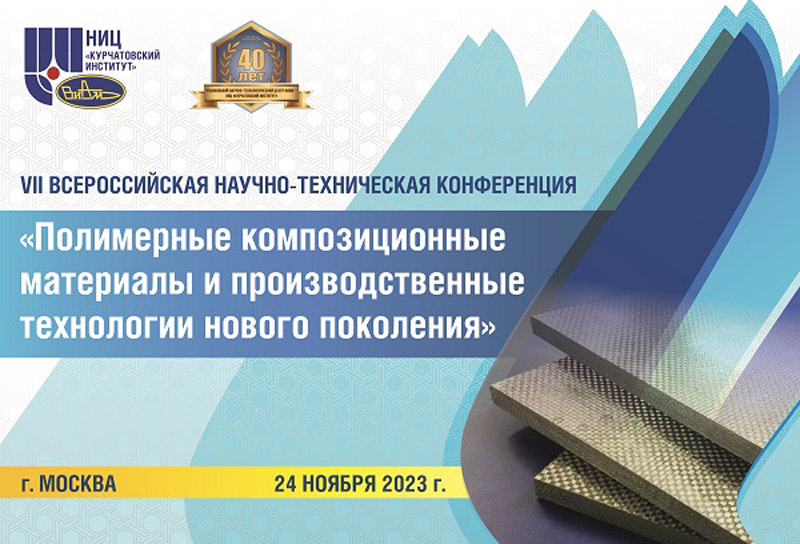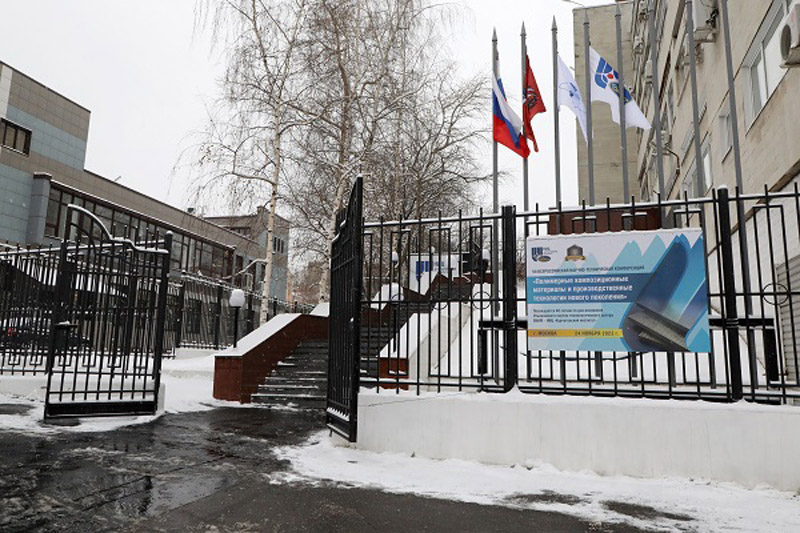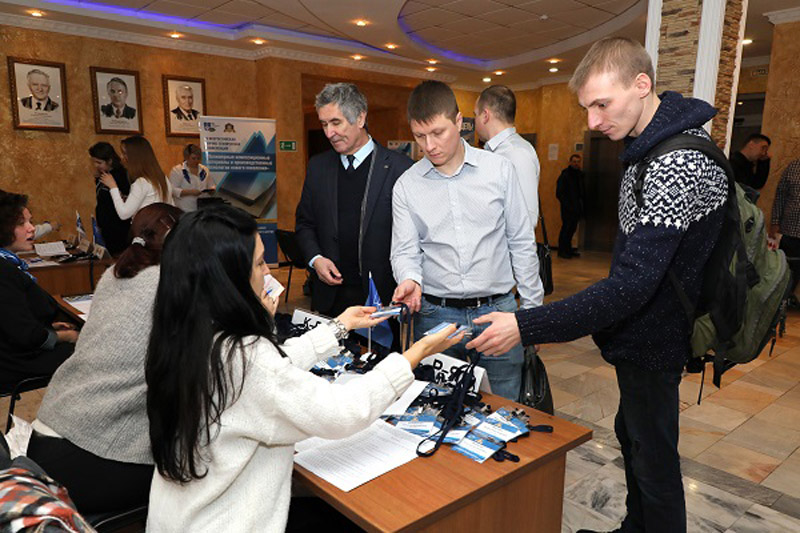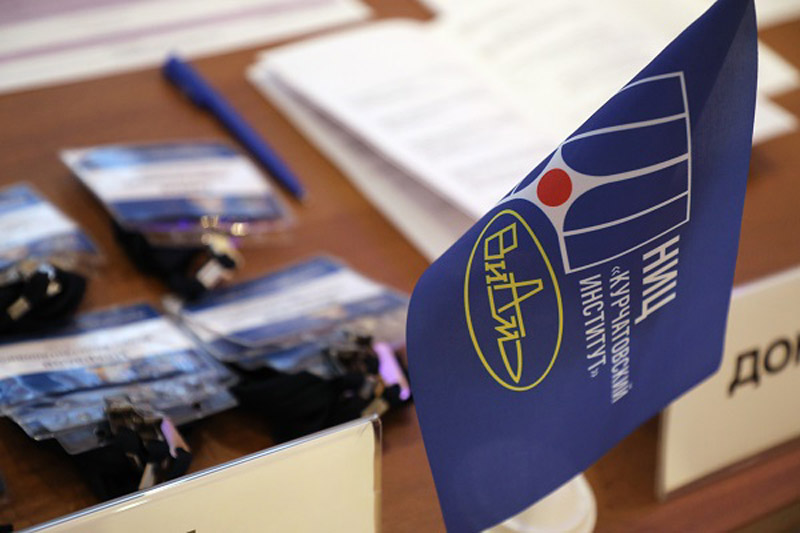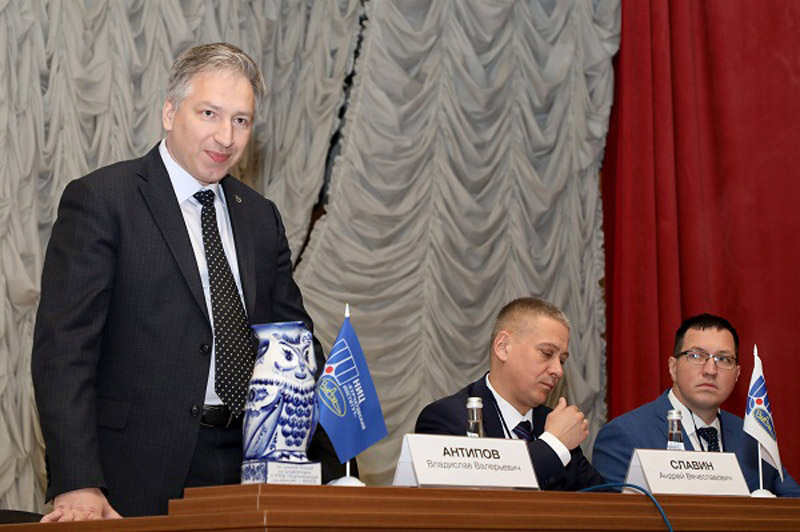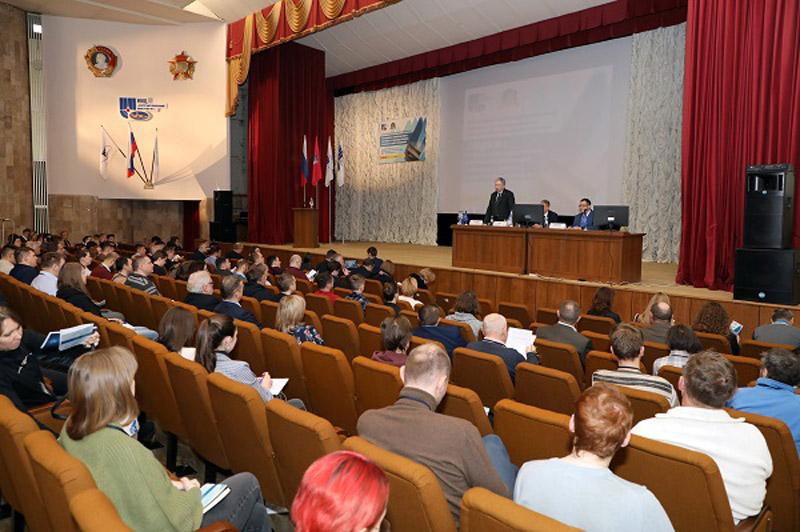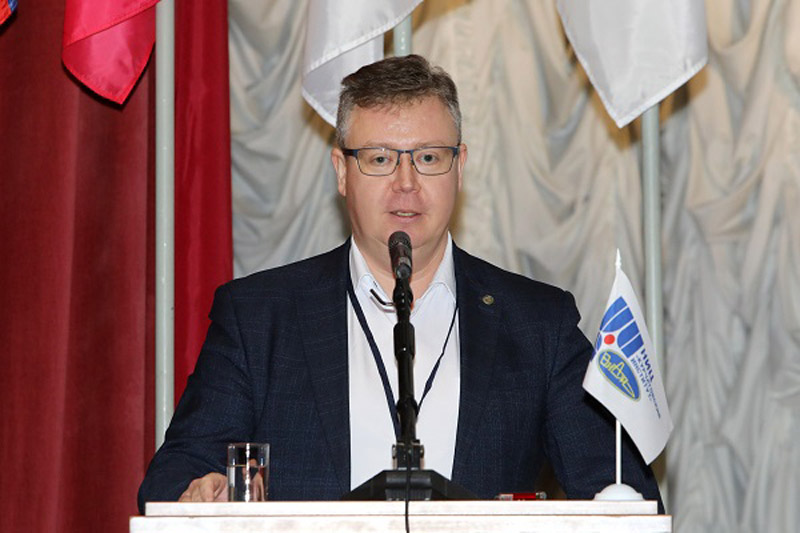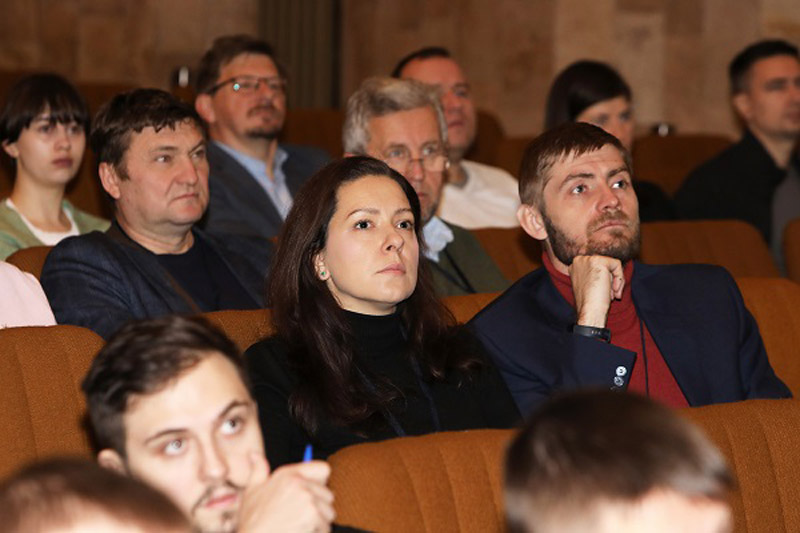24 ноября в НИЦ «Курчатовский институт» – ВИАМ прошла VII Всероссийская научно-техническая конференция «Полимерные композиционные материалы и производственные технологии нового поколения».
В этом году конференция приурочена к юбилейной дате – 40-летию со дня основания Ульяновского научно-технологического центра ВИАМ – НИЦ «Курчатовский институт». Центр по праву можно назвать крупнейшим предприятием Ульяновской области по разработке полимерных композиционных материалов и технологий их переработки для авиационной и других отраслей промышленности.
В работе конференции приняли участие ученые и специалисты научно-исследовательских институтов, представители высших учебных заведений, конструкторских бюро, ведущих предприятий и организаций, занимающиеся разработкой полимерных композиционных материалов и изделий из них.
Сегодня композиционные материалы можно отнести к категории наиболее востребованных продуктов современного промышленного производства. ПКМ, помимо традиционных отраслей, применяются в конструкциях дорожной инфраструктуры, строительной индустрии, энергетике, машиностроении и других отраслях. Их основное преимущество – уникальное сочетание упруго-прочностных и прочих свойств, добиться которых позволяет применение современных технологических подходов.
В России одним из лидеров композитной отрасли является НИЦ «Курчатовский институт» – ВИАМ. Новые поколения композитов, разработанных институтом, находят свое применение в перспективных образцах авиационной техники.
Открыл конференцию заместитель генерального директора по науке НИЦ «Курчатовский институт» – ВИАМ Владислав Антипов: «Сегодня перед отечественными специалистами ставятся очень важные задачи, связанные с реализацией программы импортозамещения, обеспечением обороноспособности нашей страны и ее экономического суверенитета. На конференции нам предоставлена прекрасная возможность обсудить ряд вопросов в области разработки передовых технологий изготовления полимерных композиционных материалов, создания современного высокотехнологичного оборудования для производства ПКМ. Еще одна важная тема – проведение всесторонних исследований и испытаний материалов».
Заместитель директора НИЦ «Курчатовский институт» по химическим исследованиям и технологиям Василий Ретивов в своем приветственном слове от имени руководства НИЦ «Курчатовский институт» поприветствовал участников конференции и пожелал им продуктивной живой дискуссии и новых достижений в реализации поставленных задач.
В ходе конференции специалисты отрасли выступили с докладами, в которых изложили свой взгляд на проблемы и перспективы в области разработки и изготовления композиционных материалов при помощи самых передовых методов и технологий, позволяющих снизить стоимость изделий из ПКМ и существенно расширить их функциональные возможности и сферы применения.



